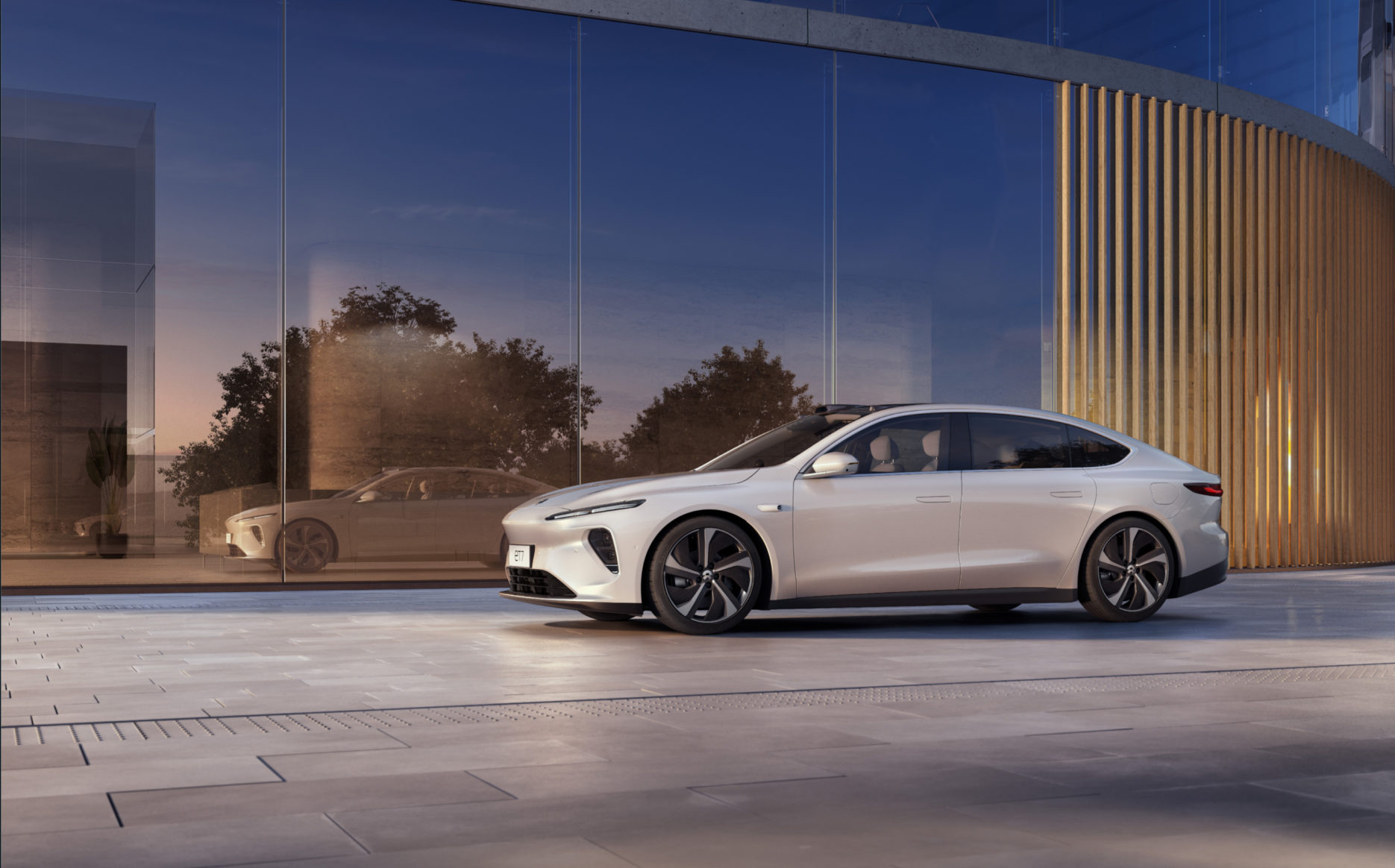This September, NIO, known as China’s Tesla killer, delivered an all-time high monthly record of 10,628 vehicles, representing an increase of 125.7% year-on-year. This leading brand in the Chinese premium electric vehicle market is now looking at the global market. After three years of preparation, NIO finally launched its first model (ES8) in Norway yesterday, which is a European version of the ES8 sold in China – the main differences are in the plug, the operating system and other specifications that are required by the European regulations. The company will also open its first overseas NIO House today, located 700 meters away from the Royal Palace in Oslo.
Different to other Chinese brands, NIO enters the foreign market by replicating its entire operating system back home – from building its own charging poles to direct sales models; the brand is going to bring along its Chinese business model to the new market. NIO’s CEO Li Bin advocates the model of starting with infrastructure construction, then moving on to customer service through direct selling and marketing. In the Norwegian market, the company plans to build and roll out 20 charging stations that cover the 5 biggest Norwegian cities and their major highways by the end of 2022. “Selling cars is only part of our business, what we really want is to build a community”, said Li.
Morgan Stanley predicted that Norway is 15 years ahead of the world in terms of transitioning towards renewable energy. However, the country doesn’t have a local EV brand. That is where NIO sees great opportunities and why they chose Norway as the first step into the global market. As a relatively young EV company, NIO distinguishes itself from other overseas Chinese brands, by focusing on the premium smart EV market. Li believes that their high-end ES8 will serve as a powerful tool to establish the brand image in the new market.
For NIO, Norway is a springboard to tap into the European market, so just sales are not the defining point. It is also reported that the company has already got on with building teams in other European countries, such as the Netherlands.
Read More:









